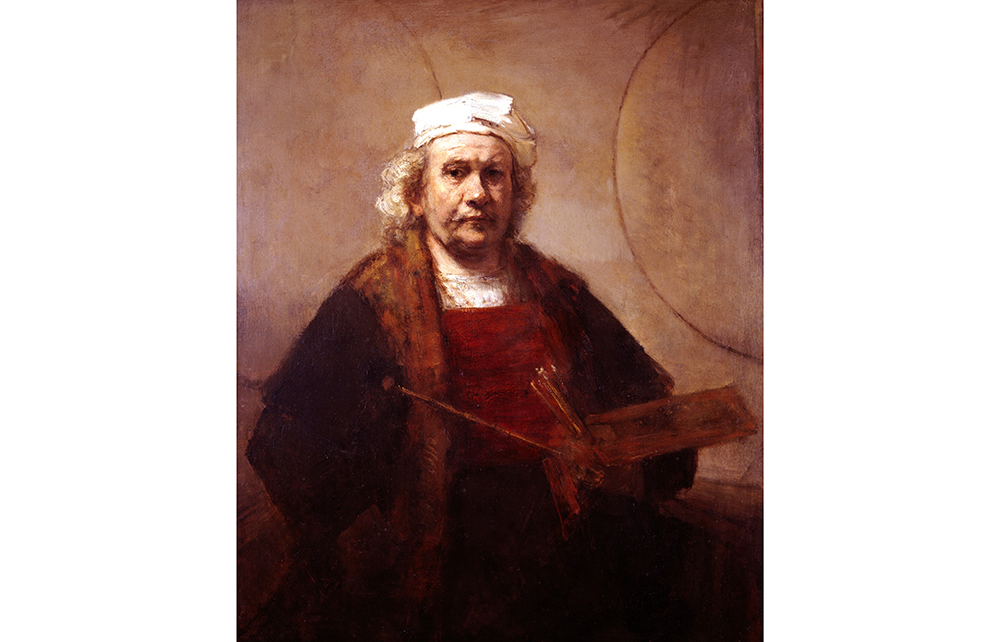This year’s Vermeer exhibition at the Rijksmuseum in Amsterdam and the Frans Hals retrospective at London’s National Gallery are testaments to the enduring appeal of the Dutch artists of the Golden Age.
When the 80-year war between Spain and the Dutch Republic ended in 1648, it left the Dutch strong in military and economic terms. They founded colonies across the world. The affluence and stability provided the perfect medium for creativity. Painting flourished, and buying art was no longer the domain of the wealthiest.
Benjamin Moser’s first book since winning the Pulitzer for Sontag explores this burgeoning world. The lives and works of the greatest and lesser-known Dutch artists of the era are here: dark drama and chiaroscuro from Rembrandt; exquisite serenity, teasing intrigue and light from Vermeer; warmth and mischief from Frans Hals’s portraits; and emotive beauty from Fabritius, who was killed in his prime by the explosion in Delft in 1654.

Get Britain's best politics newsletters
Register to get The Spectator's insight and opinion straight to your inbox. You can then read two free articles each week.
Already a subscriber? Log in







Comments
Join the debate for just $5 for 3 months
Be part of the conversation with other Spectator readers by getting your first three months for $5.
UNLOCK ACCESS Just $5 for 3 monthsAlready a subscriber? Log in